After spending time in Montana and Wyoming, the stifling heat and near-record humidity in the “sunny south” aren’t so attractive. Being able to start your July 4 holiday in a sweatshirt and end it in a shirt not dripping wet with sweat isn’t a bad thing.
Crisp mountain air, sparkling streams and abundant wildlife set the stage for vacations that are memorable. Seeing Yellowstone National Park and its abundant wildlife and scenery only cemented the memories.
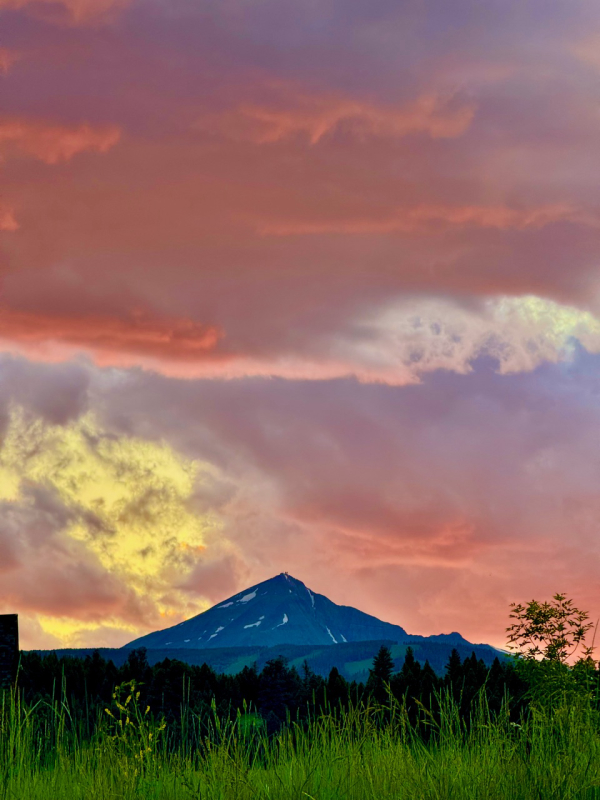
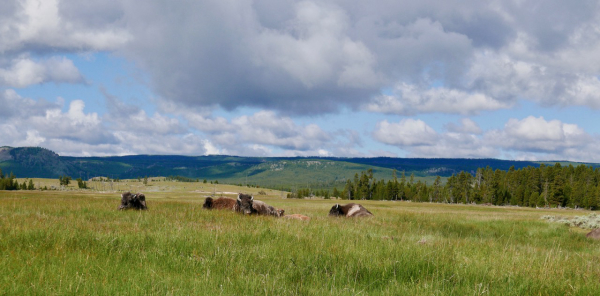
That’s not to say all’s perfect in big sky country. Montana is dealing with conditions forcing hardcore trout anglers to curtail their fishing. Today’s news section has an announcement from Montana Fish, Wildlife & Parks implementing “hoot owl” restrictions on large sections of Big Hole, Beaverhead, Clark Fork, Madison, Ruby and Sun rivers. Those restrictions are even more severe on the Jefferson and Silver Bow Creek. They’re covered in their entirety.
“Hoot owl” restrictions means all fishing is closed from 2p.m. until midnight. Montana has a policy that institutes those restrictions when water flows drop, water quality is diminished, or maximum daily water temperatures exceed 73 degrees for three consecutive days.
Fish, Wildlife & Parks says those restrictions are to protect the fish. But several experienced anglers and guides I spoke with are concerned it’s already too-little, too-late for the bigger trout. One angler sent me a photo of a dead trout and explained he had seen “rivers full of dead and dying trout. Those included 14-24 inch fish on the Beaverhead and other fish with fungus on the Big Hole River.”
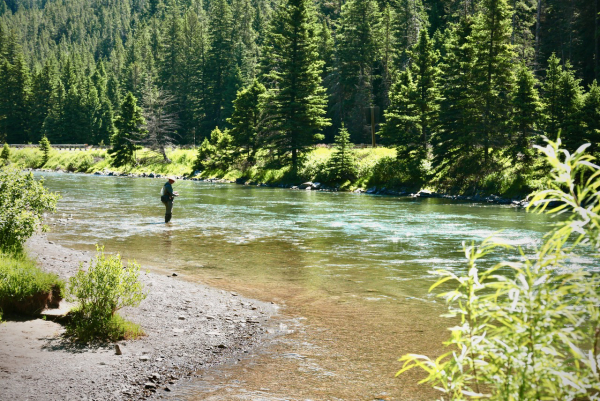
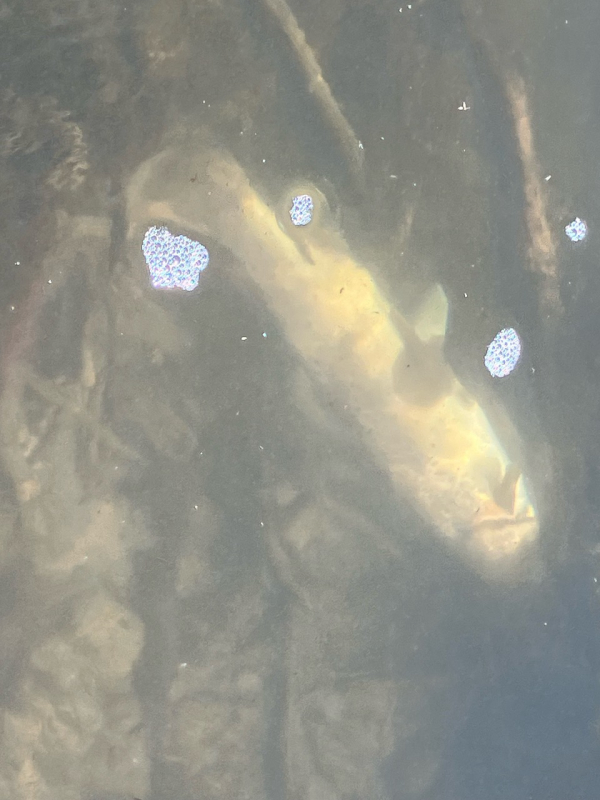
“I’ve made three fish kill reports in the past two weeks to FWP,” he said, “I netted a ‘confused’ trout by the bank with a fungus, it started thrashing and bleeding from its eyes. Turned it over to a fish biologist. It’s sad days and it will take a decade..or more..to replace the huge trout.”
Currently, there’s a tagged trout study underway, and Montana FWP reports small trout numbers are up, but there’s apparently an undercurrent working against the accurate reporting on tagged fish. A couple of fly shops told me they’re not filling out the surveys after FWP closed rivers to fishing from October 1 to April 1. As one guide explained, “they nearly put all of us out of business.”
Angling Trade recognizes the seriousness of the issue, and a recent editorial encouraged fly fishemen to consider….gasp…fishing for something other than trout. For many, that might be a bridge too-far. Nearly three-quarters of the fly fishing rods sold in the U.S. are 9-foot, 5-weights. Trout rods. The vast majority of SKUs are for, you guessed it, trout fishing. And Montana, Wyoming and the West considers trout fishing a primary tourism driver.
According to Angling Trade, “‘Hoot owl’ restrictions are akin to putting a Band-Aid on a compound fracture.” That’s likely not going to win any friends with the state agencies charged with protecting the wild species while balancing the tourism industry, but it points out the seriousness of the issue. When trade pubs say anglers are putting fish at peril, they’re essentially calling out their readers -and advertisers.
A cited report by Keep Fish Wet takes issue with the generally accepted guidelines for water temperatures when fish well-being is most tenuous. According to their research, the “angling threshold” -the level where warmer water temperatures increase the chances of fish mortality, needs to be used for restriction considerations.
They say the “angling threshold” where anglers should consider laying off fishing for rainbow, steelhead, cutthroat and brook trout should begin at 61degrees Fahrenheit. That’s considerably lower than the temperatures used for “hoot owl” restrictions. Keep Fish Wet tempers that by encouraging anglers to pay more attention to how the fish are responding to fishing, then apply science-based “Principles and Tips” more diligently.
Asking dedicated fly fishermen to change their habits in the summer months isn’t a simple proposition. For many, including anglers here in my neighborhood, fly fishing includes trips to Wyoming, Montana, Alaska and the west, not chasing bass or panfish in our lakes.
But there are hard-core fly anglers in the U.K. dedicated to catching carp. They tell me it’s a great experience. I enjoy fly fishing for panfish, bass and whatever else chooses to bite, but I won’t argue that hooking a trout in a cold mountain stream is a rush like no other.
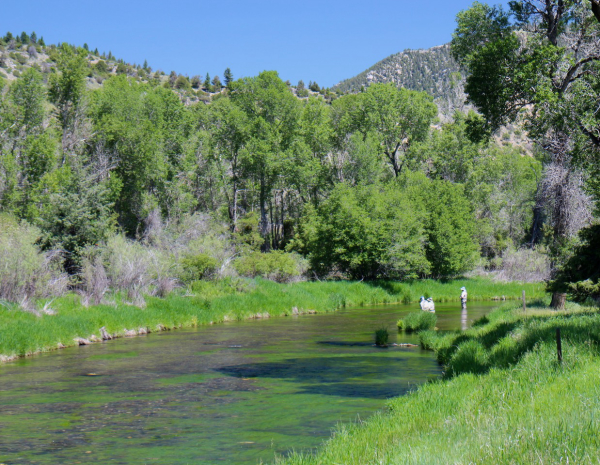
Considering restricting someone’s passion pursuit isn’t something to be taken lightly. And there’s a point at which science, emotion and economic considerations come to a loggerhead. Hopefully, anglers, regulators and businesses can come to an agreement that doesn’t turn them against each other.
We’ll keep you posted.
— Jim Shepherd